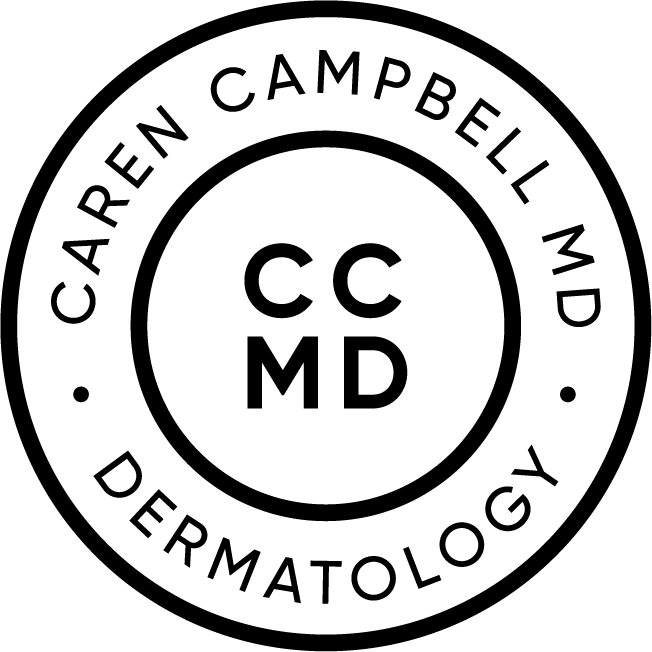Collagen Stimulators
What are collagen stimulators?
Collagen stimulators are injectable materials placed into the deeper layers on the skin that stimulate the body’s own collagen production. Nothing is more beautiful and natural looking than one's own collagen, making these great options for long-term maintenance.
Sculptra and Radiesse are the two most commonly used injectable collagen stimulators. Collagen stimulators actually help your body naturally create its own younger look. Dr. Campbell can discuss which collagen stimulator would be the best option.
What is Sculptra?
Sculptra is known as the liquid face lift. Sculptra is a synthetic injectable material known as “poly-L-lactic acid.” Poly-L-lactic acid is biocompatible (a material that does not harm the body) and biodegradable (able to be broken down by the body).
How does Sculptra work?
Sculptra is an injectable solution that restores and corrects the signs of facial fat loss by replacing volume. It is not made from human or animal sources and does not require a skin test. For most people, it requires 3 sessions of injections done six weeks apart to see the full effect. During your first treatment, it may seem that Sculptra worked immediately because of the swelling from the injections and water used to dilute the product. In a few days the swelling goes down and you may look as you did before the treatment, but slowly over the next 2-3 months your body produces its own collagen, giving you long-lasting results.
How long does Sculptra last?
Results last up to two years.
What is Radiesse?
Radiesse is made of calcium hydroxylapatite. Like Sculptra, Radiesse stimulates your body to produce new collagen and encourages collagen to grow around the injection area.
How long does Radiesse last?
Radiesse generally lasts nine to twelve months. Overtime, it degrades naturally and is safely metabolized by the body. No skin testing is needed.
What are possible adverse effects of Sculptra+Radiesse?
With all of these products there is a risk of adverse effects, though fortunately they are uncommon. These include allergic reactions, bruising, bleeding, infection, swelling, inflammatory reactions resulting in nodule formation, cold sores, blisters, scar formation, numbness, and migration.
